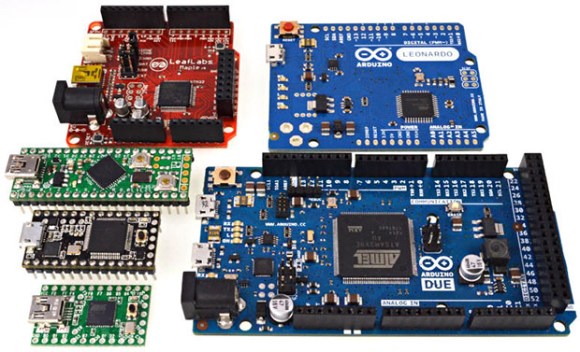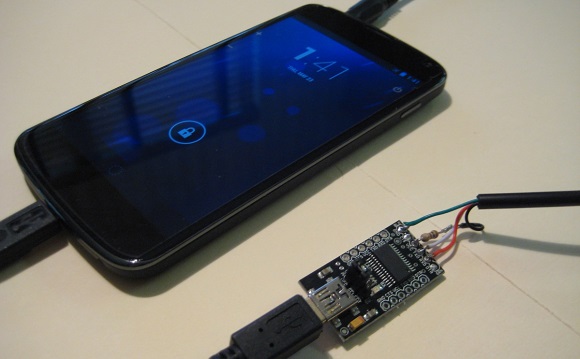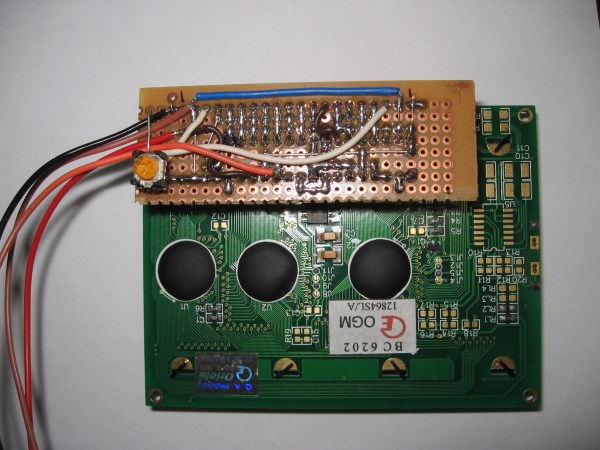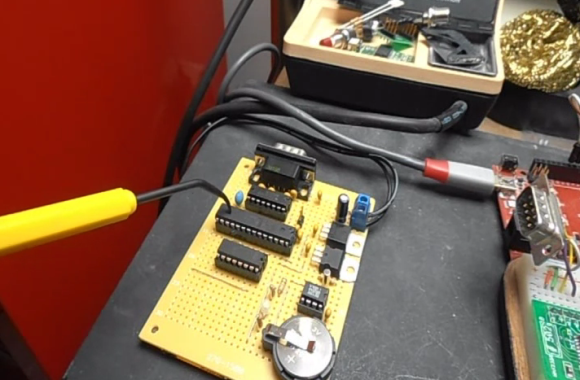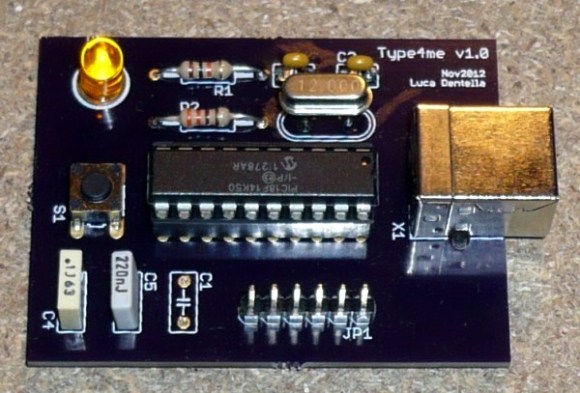
On a shopping trip at Aldi [Aaron Christophel] came across this Medion streaming device which connects to your home network via WiFi and works as an Internet radio. He couldn’t resist buying one, and managed to do quite a bit of hacking on the device (translated) once he got it home.
His first order of business was a hardware teardown. An inspection of the board showed what was obviously an unpopulated footprint for a USB mini jack. He added the component, thinking it would allow him to connect it to a computer, but that didn’t work. To investigate the issue further he connected to the device’s serial port using the hard-to-guess credentials root and password. It’s running a Linux kernel and the lsusb command revealed that the USB is enabled as host mode. This mean you can attach mass storage… sweet!
He also did some firmware hacking. Above is the confirmation screen for flashing his altered image file. This resulted in a custom splash screen when it boots up.

